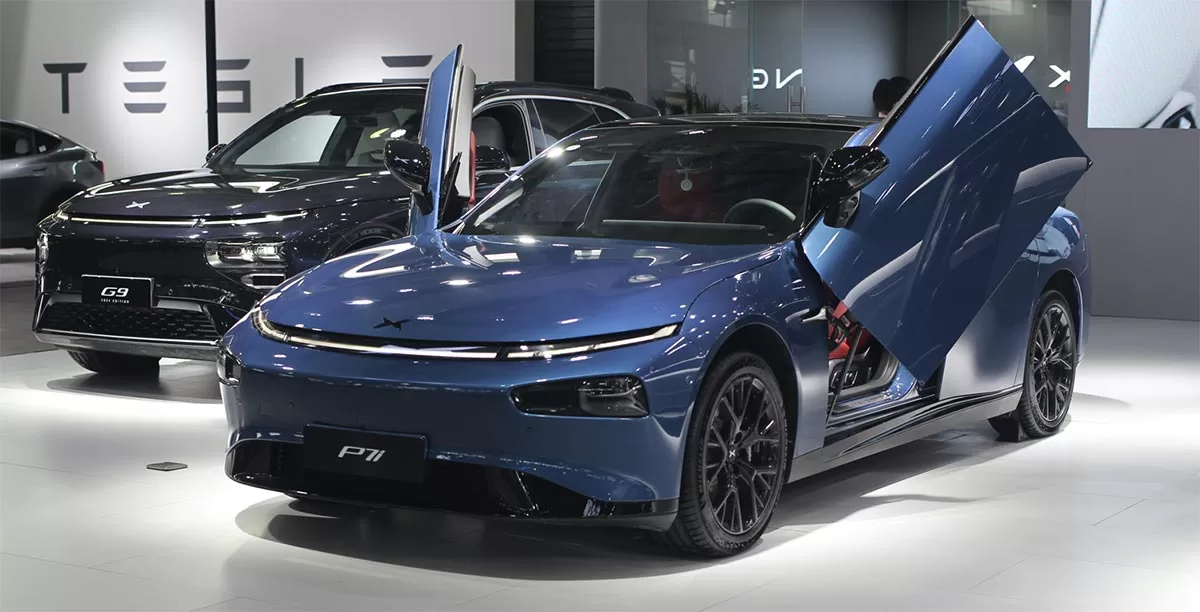XpengがRを再構築&Dチームがエンドツーエンドのテクノロジーに重点を置く
XpengがRを再編成&エンドツーエンドのAI大規模モデルに焦点を当てたD構造

地元メディアによると, 鵬 は、エンドツーエンドの人工知能に集中するために組織体制を再構築しました (人工知能) 大型モデル, スマートドライビングテクノロジーの状況の変化に対応.
国内の競合他社であるNioと同様 (ニューヨーク証券取引所: ニオ) そして 李汽車 (ナスダック: 李), Xpengは、エンドツーエンドのテクノロジーをより重視するために、組織構造を全面的に見直しました. この組織再編は、主に技術開発部門に影響を与えます, 認識のためのアルゴリズム開発を監督します, 企画, コントロール, とローカライゼーション.
新体制下での展開, 小鵬汽車の技術開発部門は、3つの部門に分かれています: AIのエンドツーエンド, AIアプリケーション, AIの効率. この再編成により、アルゴリズムチームは 2 つの主要な機能に分割されます: 1 つはモデル開発に重点を置いており、もう 1 つは機能の提供に重点を置いています.
この動きは、NioとLi Autoによる最近の調整に続くものです, どちらも、テクノロジールートの変化に対応してチームを再編しました. 今年初め, テスラ (ナスダック: ティッカー) FSD V12を発売, これは良好な結果を示しました, エンドツーエンドの大規模モデル技術を業界標準としてさらに確固たるものに.
6月に, 別の地元メディアのアウトレット, レイトポスト, Nioは、エンドツーエンドのテクノロジーを優先するためにスマートドライビングチームを再編成したと報告しました. Nio は、認識制御チームと計画制御チームを大規模なモデル チームに統合しました, 同時に、統合チームをテクノロジーデリバリーチームに再編成します.
7月に 17, 36krは、Li Autoがエンドツーエンドの大型モデル自動運転チームを設立したことを明らかにした。 200 人員, 必要に応じて柔軟なサポートを提供する追加のスタッフ. Li Autoのスマートドライビングチームは、アルゴリズム開発と量産開発の2つの主要なグループに分かれており、総従業員数は約 800 人.
これらの変化は、中国の自動車メーカーの間でエンドツーエンドの大型モデル技術を採用する傾向が高まっていることを反映しています, テスラのアプローチの成功を受けて.

 中国における自動車
中国における自動車